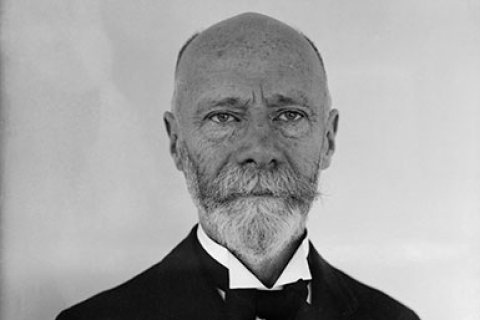Willem Einthoven

Willem Einthoven Einthoven commenced his studies of medicine at Utrecht University on a scholarship that obliged him to work in the Dutch East Indies (now Indonesia), where he had lived up to the age of ten. However, these plans changes when his academic achievementsstarted to attract attention. His first research focused on the elbow and he obtained a PhD with distinction for his dissertation on stereoscopy through colour differences. Immediately following his dissertation he was appointed as professor in physiology at Leiden University.
His work varied from the respiratory system to the eye and the heart, combining physics and physiology. In 1924 he became the first Dutch Nobel Prize winner in medicine. He received the Prize for developing the string galvanometer and for his research into what this instrument records: the electrocardiogram. His galvanometer used a wire instead of a coil, making it faster and more precise than previous instruments.
Einthoven was a highly inventive physicist, an excellent organiser and a sound planner. His greatest disappointment was that no one was willing to produce his string galvanometer. One of the companies he approached developed its own version, but this was fitted with a string that broke easily. This inferior instrument obstructed the development of medical applications of electrocardiography for a number of years.

